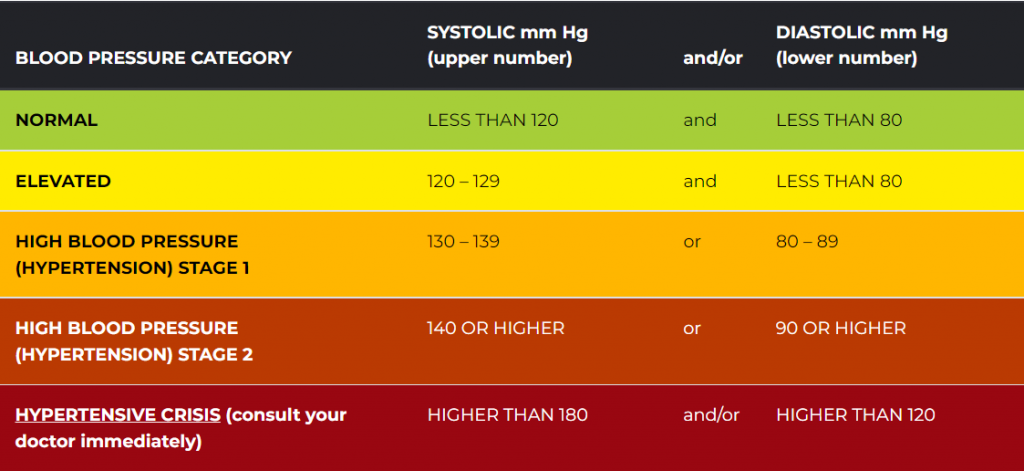
Physiotherapy to restore functional ability and movement
- physiorehabclinic21@gmail.com
- 183, Jalan Pelikat, #01-70 The Promenade@Pelikat, Singapore 537643

Patients are advised to measure your blood pressure regularly to help diagnose of any health problems. This is the only way to know if you have high blood pressure as it has no warning signs or symptoms.

Blood pressure is measured as two numbers:

Systolic blood pressure (first number) is generally given more attention as a major risk factor for cardiovascular disease. In most people, systolic blood pressure rises steadily with age due to the increasing stiffness of large arteries, long-term buildup of plaque and an increased incidence of cardiac and vascular disease.
However, either an elevated systolic or an elevated diastolic blood pressure reading might be used to make a diagnosis of high blood pressure.
The abbreviation mm Hg means millimeters of mercury. Mercury was used in the first accurate pressure gauges and is still used in medicine today as the standard unit of measurement for pressure.
Blood pressure ranges, as recommended by the American Heart Association.

Diagnosis of high blood pressure must be confirmed with a medical professional.
A rising heart rate does not normally cause your blood pressure to increase at the same rate. When our heart is beating more times a minute, healthy blood vessels get larger to allow more blood to flow through more easily. When we exercise, our heart speeds up so more blood can reach our muscles.
Our heart rate is based on age and our health level. Before any intense physio exercises, it is good to measure our blood pressure and heart rate.
Physiotherapy to restore functional ability and movement